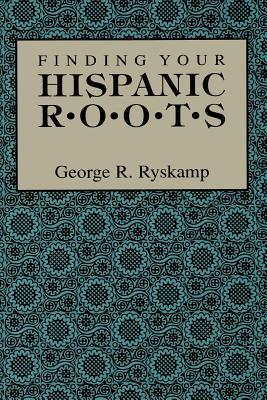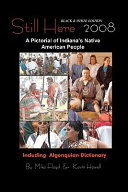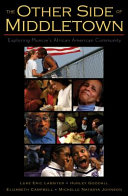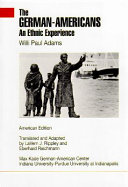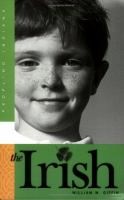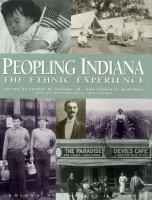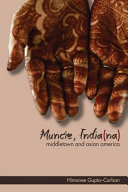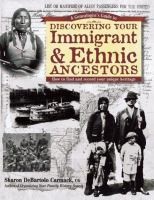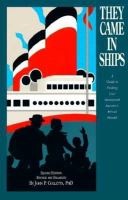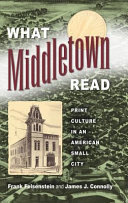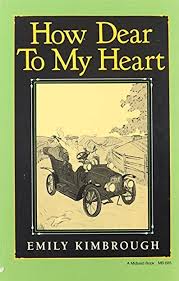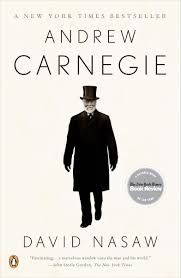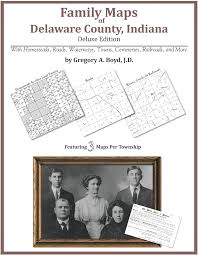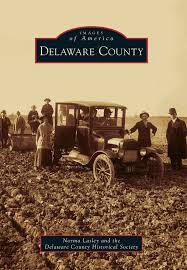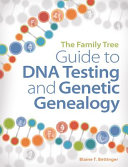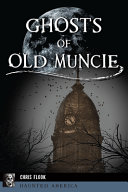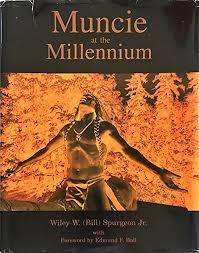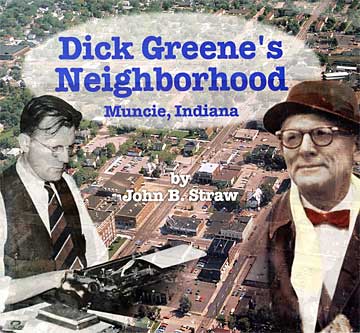From “We present this essay, a translation from the German, as an example of one ethnic group’s experience in the United States. At a time, when ethnic or nationalist conflicts have caused some countries to disintegrate, ethnicity has become associated with nationalist passions, fundamentalist ideology and religious fervor. Actually, the term ‘ethnicity’ refers to group identification, to things held in common, such as language, cultural values, and history. It is about our lives as part of deeply-felt traditions, about cultural identity, belonging and understanding, based on these commonalities. After a half century of dormancy, the interest in roots re-awakened; in the United States during the 1960s, ethnicity has become respectable. In the political arena this resulted in demands for, and acceptance of, civil rights, the eschewing of once popular ethnic jokes and slurs, and an affirmative approach to cultivating the status of minorities. In family circles it generated a vigorous pursuit of genealogy and heritage which today is fostered by ready access to records. These include microfilms of federal manuscript censuses, the Latter-day Saints’ Library in Salt Lake City which opened its vast records to the public, and organizations and commercial services that have arisen in many countries to assist the researcher. And it has led to affirming the United States as a multicultural nation, not a melting pot, but a patchwork quilt, in which the various elements are a source of strength and pride. The motto of the United States, e pluribus Unum (One out of many), reminds us that each generation is called upon to work toward ethnic and racial harmony and to overcome tensions and violence born out of indifference, misunderstanding and distrust. Professor Adams’ essay wants to be such a reminder.”--LaVern J. Rippley, Eberhard Reichmann
